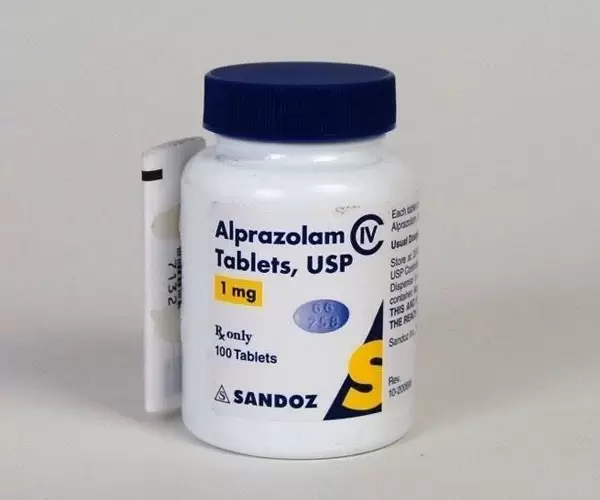Essential Insights on Starting Alprazolam in the USA
When considering Alprazolam as a treatment option in the USA, it is important to understand that this medication is intended for short-term use. For individuals dealing with anxiety, the recommended treatment duration typically ranges from 8 to 12 weeks, which includes a gradual tapering-off process. Continuing the medication beyond this timeframe should only occur after a thorough reassessment of the individual’s clinical situation. Patients should be informed from the start about the time-limited nature of their treatment and should receive guidance on how their dosage will be gradually reduced.
Understanding Rebound Symptoms
It’s crucial for patients to be aware of the potential for rebound symptoms that can occur after discontinuing Alprazolam. This understanding can alleviate anxiety about experiencing these symptoms after treatment. Research indicates that withdrawal symptoms may arise during dosing intervals, particularly for those on higher doses, due to Alprazolam’s short duration of action. Therefore, being cognizant of this possibility is essential.
Discontinuation Guidelines
When discontinuing Alprazolam, a careful and gradual reduction in dosage is vital to avoid withdrawal symptoms in the USA. Stopping the medication abruptly can lead to withdrawal effects ranging from milder symptoms such as dysphoria and insomnia to more severe reactions like muscle cramps, vomiting, excessive sweating, trembling, and even seizures in extreme cases. Individuals who have been on long-term treatment with higher doses are generally at greater risk for severe withdrawal symptoms, but even those on standard therapeutic doses can experience discomfort if they stop suddenly.
The Risk of Amnesia
Alprazolam can potentially lead to anterograde amnesia, which may occur a few hours after taking the medication. This side effect can cause confusion and disorientation in patients.
Possible Psychiatric Reactions
The use of benzodiazepines, including Alprazolam, can result in psychiatric reactions that may be distressing in the USA. These reactions can include feelings of restlessness, agitation, irritability, aggression, delusions, and disturbing dreams or hallucinations. If such reactions occur, it is important that the medication be discontinued promptly. Vulnerable populations, such as children and the elderly, may experience these effects more frequently.
Considerations for Vulnerable Groups
– Children and Adolescents: Prescribing Alprazolam to younger patients should only be done after a thorough assessment of their needs, with a strong emphasis on limiting the duration of treatment.
– Elderly and Debilitated Patients: Older adults or individuals with physical debilitation should be prescribed the lowest effective dose to minimize the risk of sedation or coordination loss. Care is especially needed for patients with chronic respiratory conditions to avoid respiratory depression.
– Patients with Liver Impairment: Extra caution is advised for those with mild to moderate liver impairment. Patients with severe liver dysfunction should generally avoid benzodiazepines due to the risk of serious complications, such as encephalopathy.
Caution in Psychiatric Conditions
Alprazolam is not typically recommended as the primary treatment for psychotic disorders in the USA. Caution is warranted, and it should not be used as a standalone treatment for severe depression or anxiety associated with depression, as it may increase the risk of suicidal thoughts or actions.
Awareness of Drug Interactions and Substance Abuse History
Healthcare practitioners must exercise caution when prescribing Alprazolam alongside other psychotropic medications to avoid unexpected interactions. Additionally, individuals with a history of substance abuse require close monitoring, as they are at a higher risk for developing addiction and dependency.
Conclusion
In summary, when considering Alprazolam as a treatment option in the USA, it is essential to recognize its varied effects, potential side effects, and the necessary precautions for specific populations. Open communication with healthcare providers is key to ensuring a safe and effective treatment plan.
